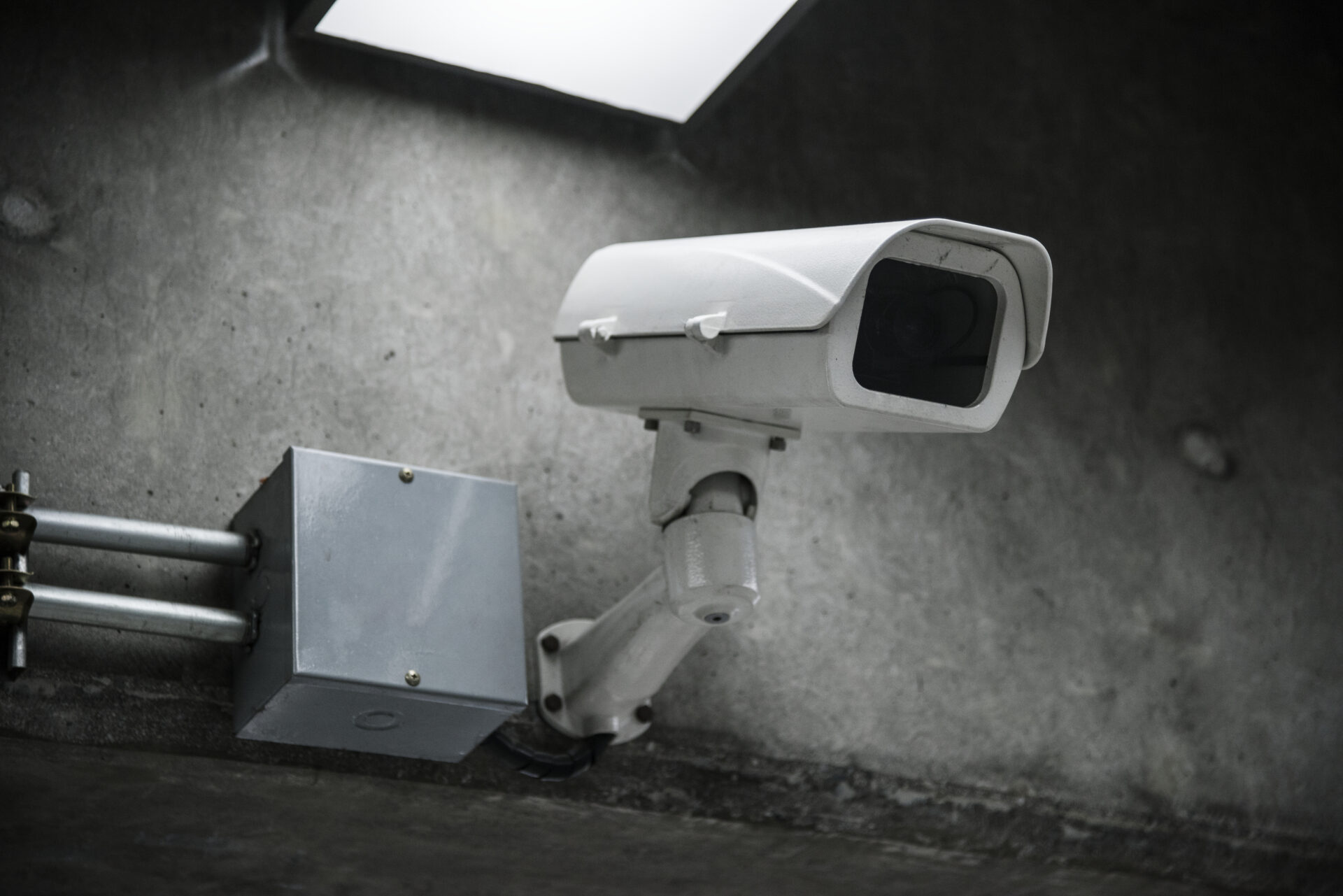Safety is paramount at construction sites, where workers face numerous risks and potential hazards. In recent years, the implementation of AI security surveillance systems has gained traction as a promising approach to accident prevention and overall site safety.
This article explores the effectiveness of AI security video surveillance in preventing accidents and improving safety measures in the construction industry.
Importance of Safety at Construction Sites
Construction sites are inherently dynamic environments that pose significant risks to workers. Prioritizing safety safeguards lives and mitigates financial losses, project delays, and reputational damage for construction companies.
Implementing robust safety measures is crucial to protect workers’ well-being and ensure project completion.

Understanding the Risks and Challenges
Construction sites present potential accidents and hazards, including falls, equipment-related incidents, and structural failures.
Traditional security surveillance methods, such as human monitoring or static cameras, limit their ability to identify and respond to potential risks in real time effectively. These methods often rely on human vigilance, which can be prone to errors or distractions.
Introduction to AI Security Surveillance
AI security video surveillance systems leverage advanced technologies, including machine learning, computer vision, and data analytics, to detect and respond to potential accidents and hazardous situations more efficiently than traditional methods.
Safekey video analytics continuously monitor construction sites for anomalies and safety hazards by analyzing video feeds from smart cameras and sensors.

Real-Time Monitoring and Analysis
One of the key advantages of AI security video surveillance is its ability to provide real-time monitoring of construction sites.
By analyzing live video feeds, AI systems can identify and alert relevant personnel to potential safety hazards as they occur. This immediate detection and response capability significantly reduces the response time to mitigate risks and prevent accidents.
Proactive Alert Systems
AI-enabled systems contribute to proactive accident prevention by providing immediate alerts for safety violations and potential accidents.
These systems can detect unauthorized access, equipment malfunctions, or unsafe behaviors, allowing for timely intervention and minimizing the likelihood of accidents.
Predictive Analytics for Accident Prevention
AI algorithms analyze historical data to identify accident patterns and predict potential risks. By detecting recurring patterns and identifying root causes, construction companies can proactively implement safety measures and mitigate threats before accidents occur.
Predictive analytics empowers construction site managers to make data-driven decisions and allocate resources effectively.
Enhanced Worker Safety
AI-powered monitoring systems play a crucial role in ensuring worker safety compliance. By analyzing video feeds, AI systems can detect unsafe behaviors, such as improper use of equipment or lack of personal protective equipment, and provide real-time feedback to workers.
This continuous monitoring and feedback loop reinforces safe practices and creates a safer working environment.
Improved Site Planning and Risk Mitigation
AI-based data analysis assists construction companies in identifying high-risk areas and planning preventive measures.
By analyzing construction site data, including historical accident records, worker movement patterns, and environmental conditions, AI systems can optimize resource allocation, implement safety protocols, and minimize accidents.
Integration with IoT and Wearable Technologies
Integrating AI security surveillance with IoT sensors and wearable devices enhances safety measures at construction sites.
Real-time monitoring of workers’ vital signs and environmental conditions provides valuable insights into potential risks, enabling proactive intervention and accident prevention. For example, monitoring fatigue or hazardous gas levels can help prevent accidents related to worker exhaustion or exposure to toxic substances.
Training and Behavior Modification
AI-driven systems contribute to worker training on safety protocols and best practices. These systems can deliver interactive and personalized safety training modules, monitor workers’ behavior, and provide corrective feedback to reinforce safe practices.
Continuous monitoring and behavior modification foster a safety-oriented culture, reducing the likelihood of accidents.
Case Studies and Success Stories
Numerous construction sites have implemented AI security surveillance systems, showcasing their effectiveness in accident prevention.
These case studies highlight real-world scenarios where AI systems have detected potential risks, prevented accidents, and improved overall safety at construction sites. By learning from these success stories, construction industry stakeholders can gain insights into AI security surveillance’s practical benefits and outcomes.
Addressing Concerns and Limitations
Implementing AI security surveillance systems raises concerns regarding privacy considerations and data protection.
Striking the right balance between safety and privacy is crucial, and construction companies must adhere to relevant regulations and best practices to protect workers’ rights and data. Safeguards should be in place to ensure that surveillance systems are used ethically and responsibly.

Collaborative Approach to Safety
While AI security video surveillance systems offer significant benefits, human intervention, and collaboration remain essential.
A collaborative approach that actively empowers workers to contribute to site safety is crucial. Workers’ expertise, experience, and situational awareness complement the capabilities of AI systems, creating a more comprehensive safety ecosystem.
Conclusion
AI security surveillance systems have shown promise in preventing accidents and improving safety measures at construction sites. The likelihood of accidents can be significantly reduced by leveraging real-time monitoring, proactive alerts, predictive analytics, and enhanced worker safety measures.
However, it is important to acknowledge that AI security video surveillance systems are not a standalone solution but a powerful tool requiring continuous evaluation, improvement, and a holistic approach to safety.
To maximize the benefits of AI security surveillance, construction companies should prioritize worker training, address privacy and data protection concerns, and foster a collaborative safety culture.
By embracing AI systems alongside human intervention, construction sites can create safer work environments, protect their workforce, and achieve greater efficiency in their operations. The ongoing evaluation and refinement of AI security surveillance technologies will further enhance their effectiveness in preventing accidents and ensuring construction site safety.



